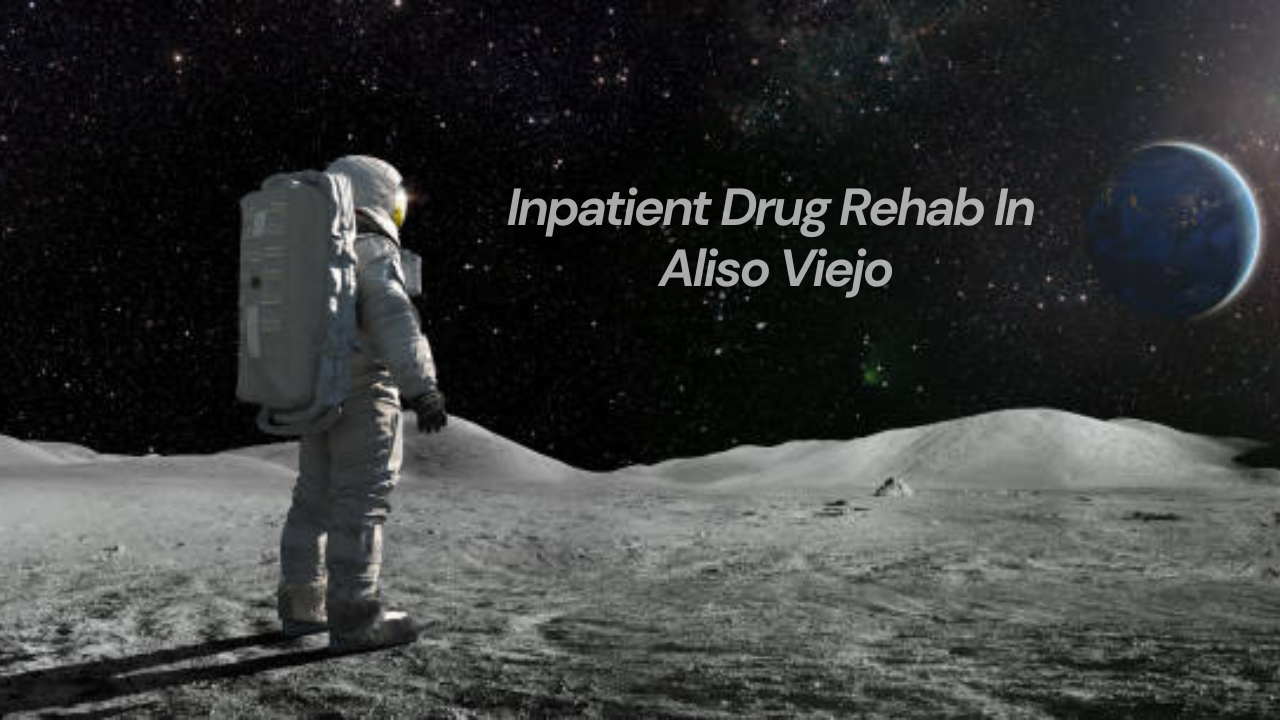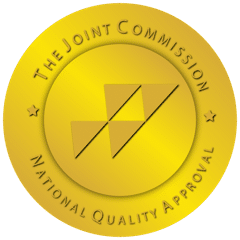Emotions shape how we think, behave, and relate to others, but many people struggle to identify what they’re actually feeling. That’s where the question “How many emotions are there?” becomes essential. Understanding the full range of human emotion improves emotional intelligence, decision-making, and mental health. It also plays a major role in the success of therapies like Cognitive Behavioral Therapy (CBT), which relies on emotional awareness to drive change.
How Many Emotions Are There?
Psychologists have debated the number of human emotions for decades. While there’s no universal agreement, most theories fall into one of two categories:
1. Basic Emotions Theory
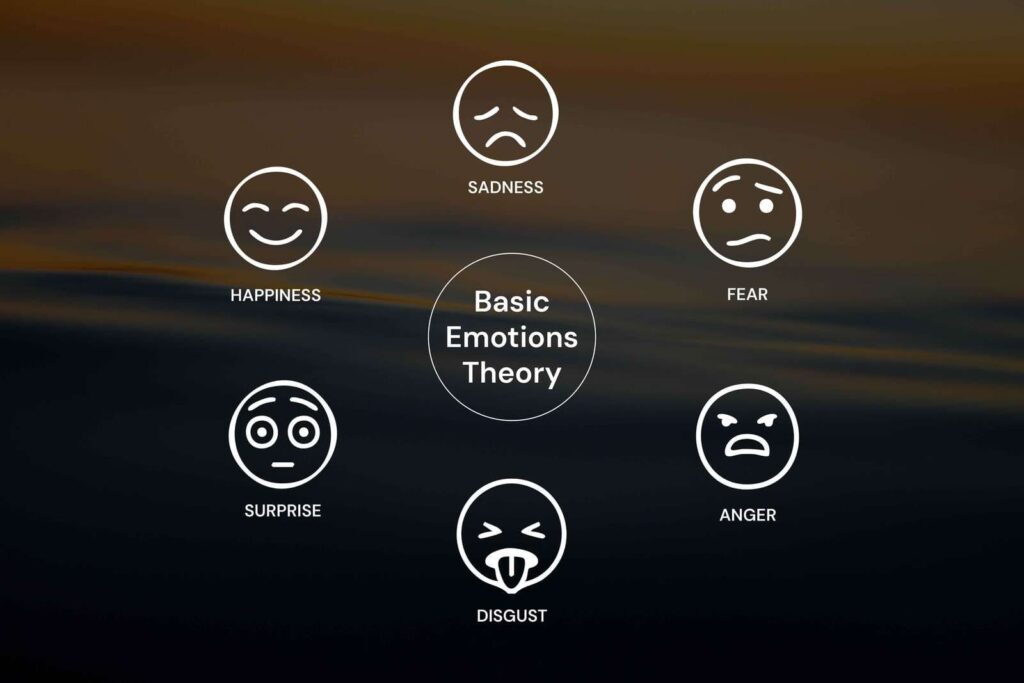
This theory, supported by psychologist Paul Ekman, identifies six basic emotions that are universally experienced:
- Happiness
- Sadness
- Fear
- Anger
- Disgust
- Surprise
These emotions are considered biologically hardwired and show up across cultures.
2. Dimensional Models and Expansions
Other theories suggest a broader range. For example:
- Robert Plutchik’s Wheel of Emotions lists 8 primary emotions (joy, trust, fear, surprise, sadness, disgust, anger, and anticipation) with various intensities and combinations.
- Some models, like the Geneva Emotion Wheel, categorize over 20 emotions.
Even more recent neuroscience research identifies as many as 27 distinct emotional states experienced through overlapping patterns in the brain.
So, the short answer is: there are at least 6 core emotions, but most people experience 20–30 identifiable emotions on a regular basis.
Why Emotional Awareness Matters
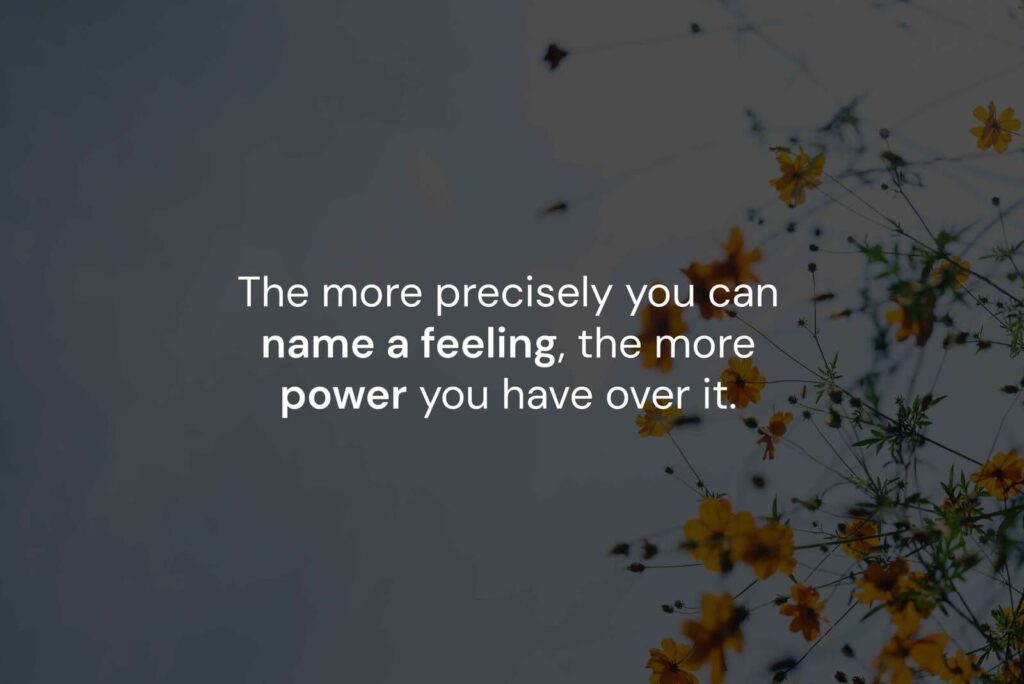
Knowing how many emotions there are is just the beginning. What matters more is the ability to identify, name, and process them. This is known as emotional granularity: the skill of differentiating between similar feelings like frustration vs. disappointment, or nervousness vs. excitement.
Higher emotional granularity has been linked to:
- Reduced stress
- Fewer outbursts or breakdowns
- Greater resilience
- Improved communication
When people can pinpoint what they feel, they’re more likely to respond thoughtfully instead of reacting impulsively.
CBT and the Connection to Emotional Awareness
Cognitive Behavioral Therapy (CBT) uses emotional awareness as a foundation for mental health improvement. To change behaviors and thought patterns, you must first identify the emotions driving them.
Here’s how CBT incorporates emotional labeling:
1. Identifying the Emotion
Instead of saying “I feel bad,” CBT encourages you to be specific: Is it guilt, sadness, anxiety, or shame?
2. Recognizing the Thought Behind the Emotion
Once the emotion is clear, the next step is identifying the thought that led to it. For example:
- Emotion: Shame
- Thought: “I always mess everything up.”
3. Challenging Unhelpful Thoughts
CBT helps you examine whether the thought is true, helpful, or distorted, and replace it with something more balanced.
4. Choosing a Response
By recognizing your emotional state and the thought behind it, you gain the power to respond calmly and rationally.
This emotional check-in cycle is central to progress in CBT. Without the ability to label emotions, distorted thinking and self-defeating behaviors continue unchallenged.
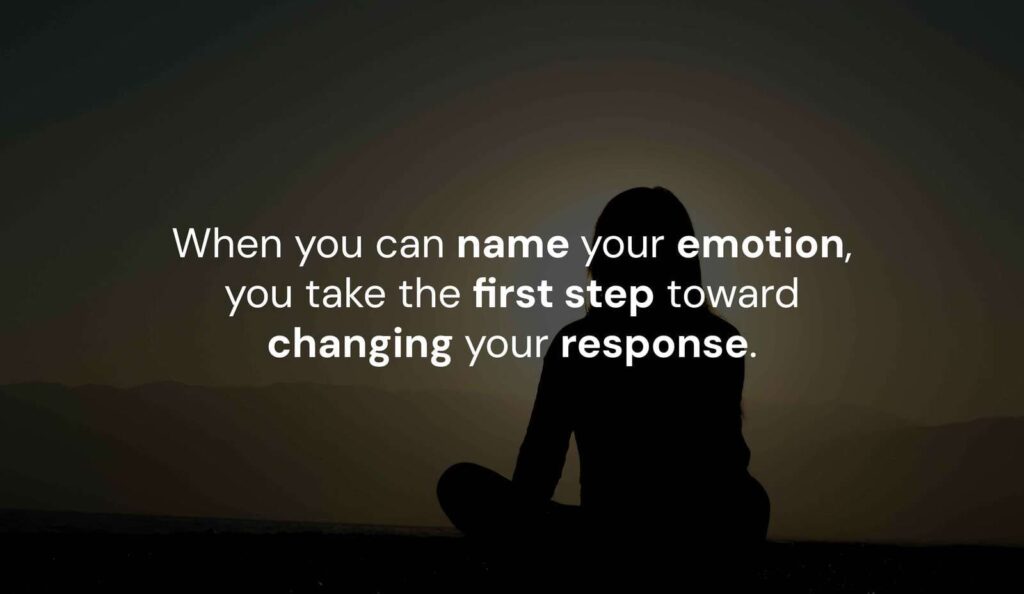
What Happens When You Can’t Name Your Emotions?
Many people with anxiety, depression, or anger issues struggle with alexithymia, the inability to recognize or describe emotions. This can lead to:
- Emotional suppression or outbursts
- Chronic stress or tension
- Poor decision-making
- Difficulty forming healthy relationships
In CBT, clients often begin with tools like emotion charts, daily mood logs, and guided journaling to build their emotional vocabulary. With practice, people learn how to track emotions throughout the day and understand their impact on behavior.
Daily Practices to Improve Emotional Awareness
Improving your understanding of emotions starts with small, daily actions. Try these techniques:
- Pause and ask: “What am I feeling right now?” several times per day
- Use feeling words: Go beyond “good” or “bad”, use terms like “overwhelmed,” “insecure,” or “hopeful”
- Keep a mood journal: Record events, thoughts, and emotions every day
- Practice mindfulness: Sit quietly for 5 minutes and observe your internal state without judgment
- Review emotional check-ins: Reflect on how your emotions changed throughout the day and what triggered the shifts
Over time, these practices strengthen the connection between thought, feeling, and behavior.
How CBT Programs Support This Growth
Structured programs for cognitive behavioral therapy help individuals expand emotional awareness in a safe and guided setting. Through individual counseling, group therapy, and practical exercises, participants learn how to express, regulate, and apply their emotions constructively.
In one clinical study, CBT participants who used emotion-labeling tools showed a 35% improvement in emotional regulation within six weeks compared to those using talk therapy alone.
Why Am I So Depressed?
Many people struggling with emotional clarity find themselves overwhelmed by low mood, guilt, or fatigue. If you’re asking why you feel stuck, uncover the deeper causes and treatment options in Why Am I So Depressed? How CBT Can Help
How Is Anger Diagnosed in Therapy?
Anger is often a sign of unresolved emotions or cognitive distortions. Therapy helps uncover what’s underneath the rage and teaches new ways to express it. Learn more in How Is Anger Diagnosed in Therapy? CBT Approaches Explained


